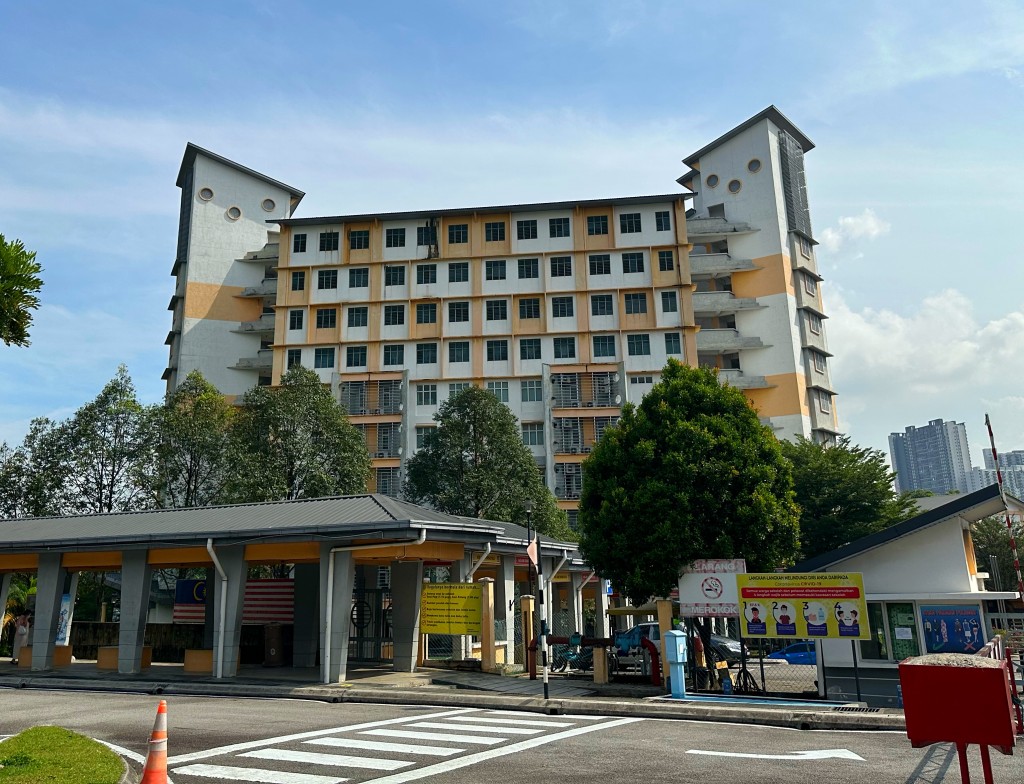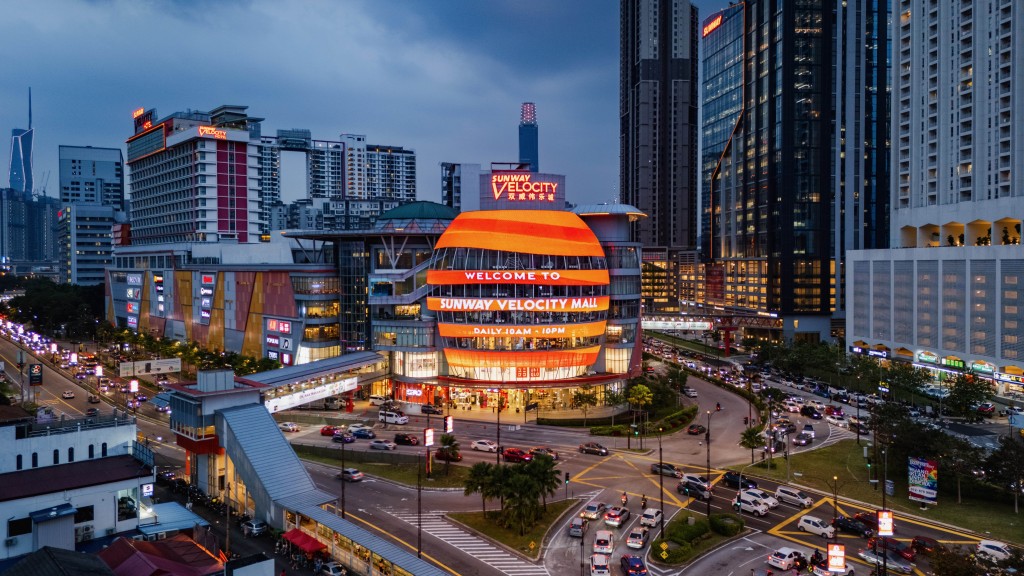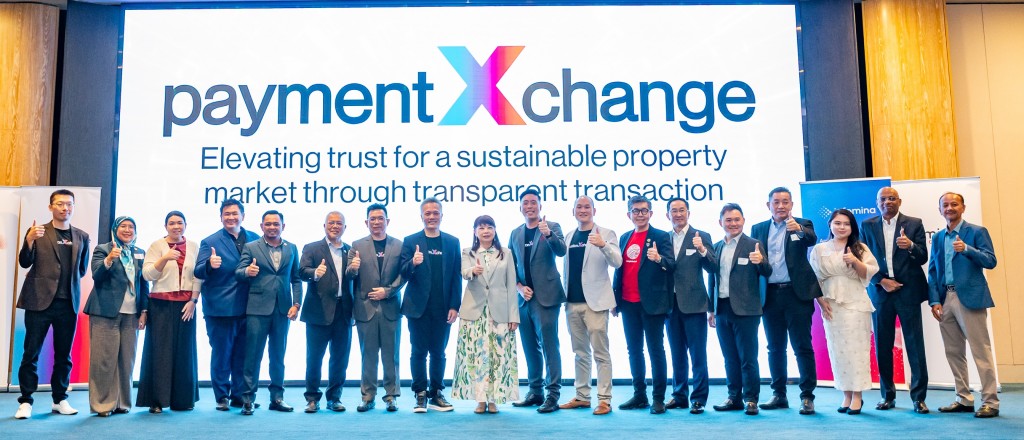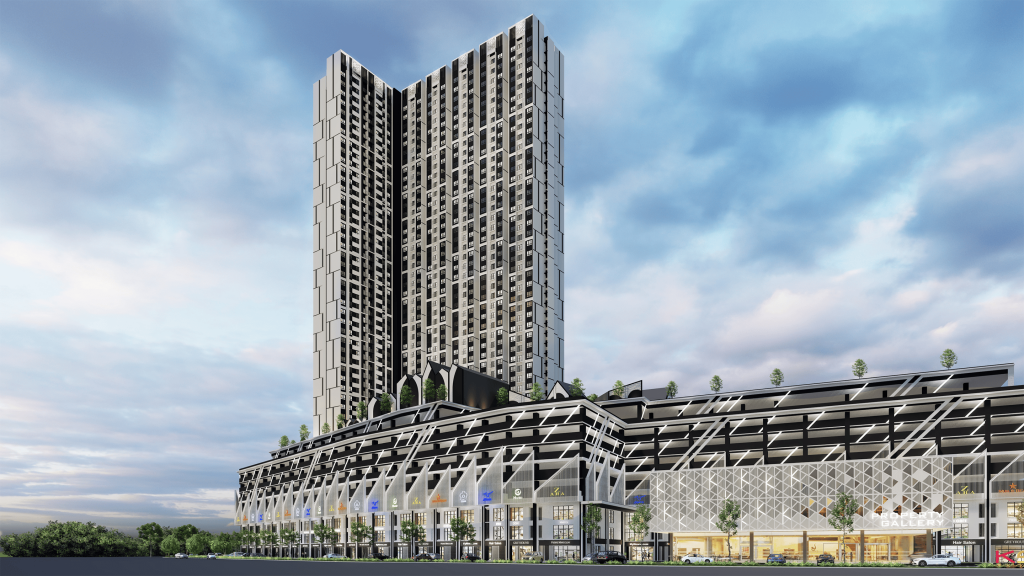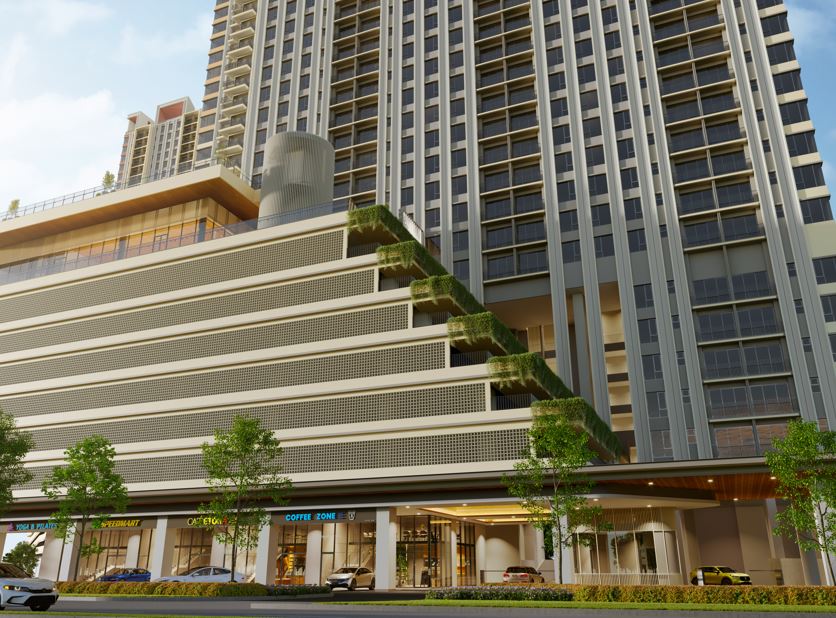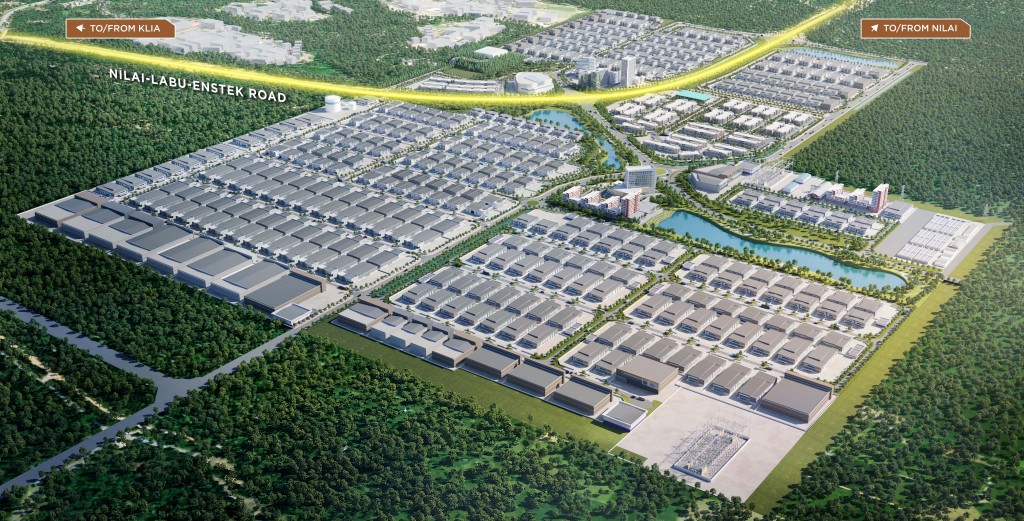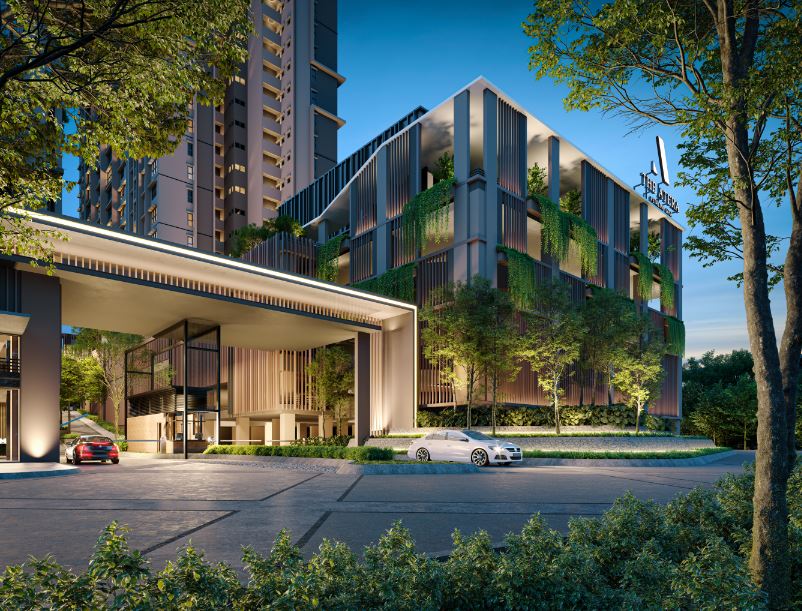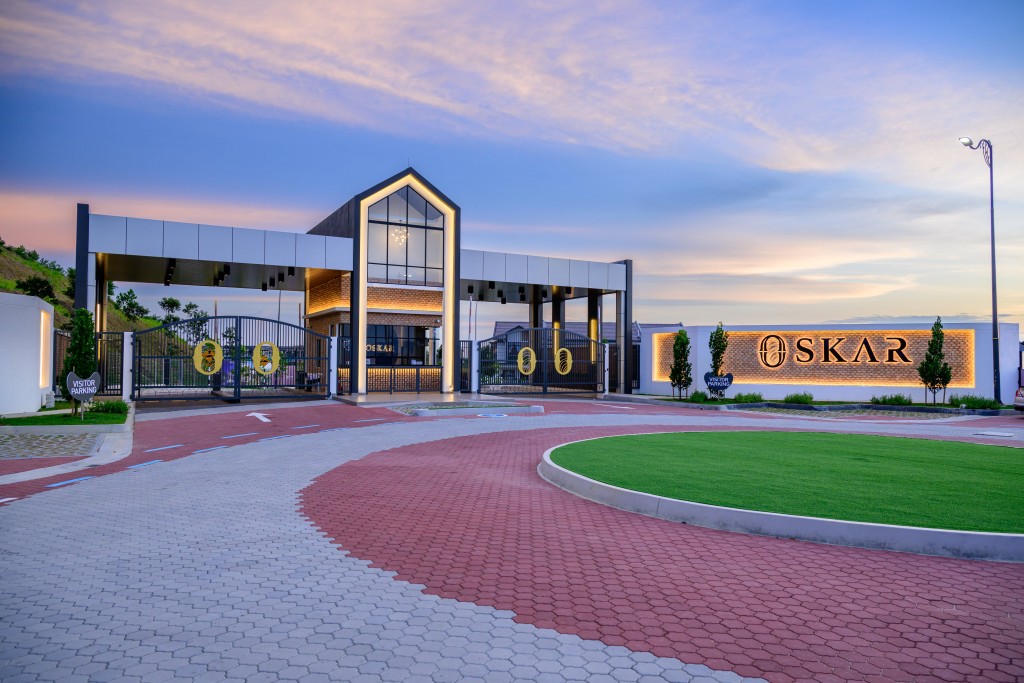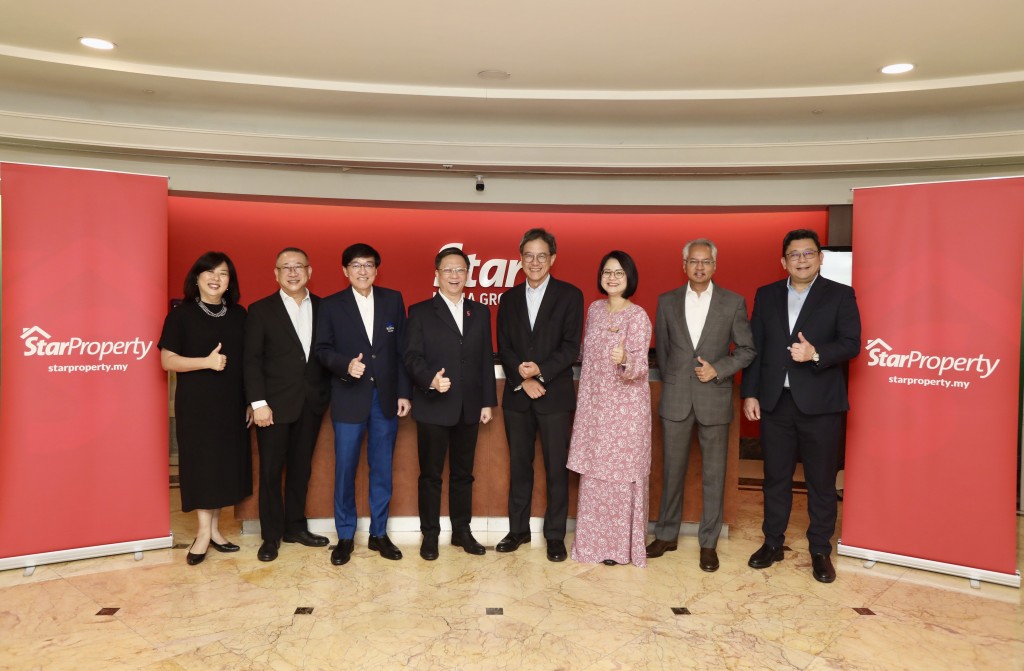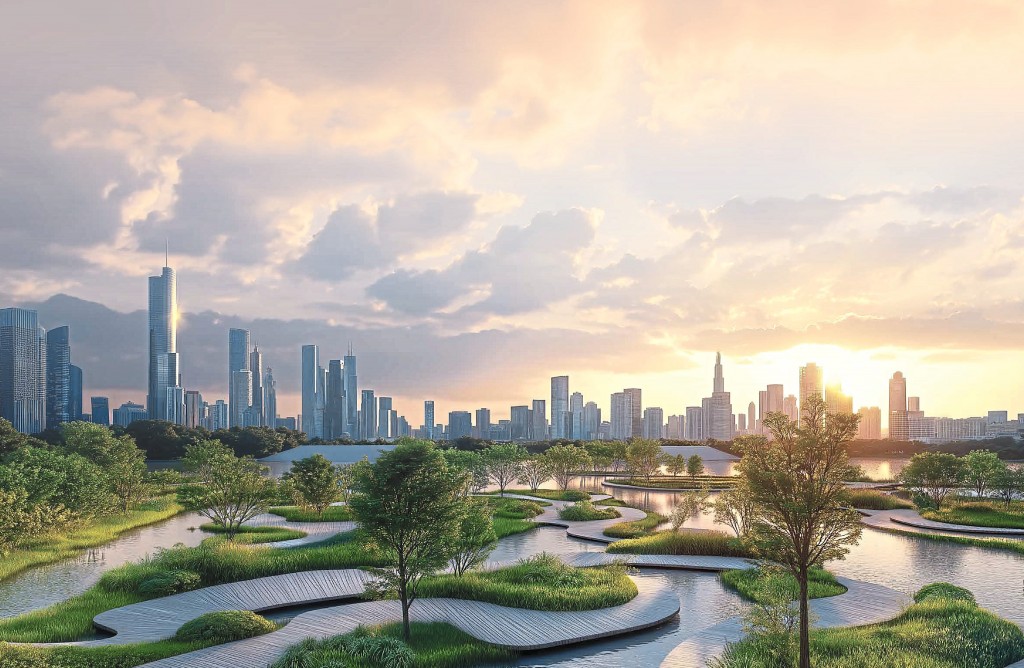A blueprint for East Malaysia’s housing sector in Budget 2026
By Joseph Wong
Across the country, the combined forces of rapid urbanisation, demographic shifts and economic pressures have placed an increasing strain on efforts to deliver homes that are both affordable and high-quality. For Sabah and Sarawak, these challenges are compounded by unique factors: geographical diversity, high logistics costs and significant infrastructure gaps. This complexity makes the task of delivering affordable housing not only urgent but highly nuanced.
The federal government’s commitment to the delivery of 500,000 units of affordable housing nationwide by 2030, with 20,000 units specifically targeted for Sarawak, underscores the severity of the long-standing mismatch between housing supply and demand, according to Sarawak Housing and Real Estate Developers’ Association (Sheda) president Augustine Wong.
This ambitious target cannot be met without decisive policy interventions that address the growing pressure of rising construction costs, which have continuously pushed house prices beyond the reach of a substantial number of East Malaysians.
As the nation anticipates Budget 2026, industry leaders from Sheda and the Sabah Housing and Real Estate Developers Association (Shareda) have offered crucial perspectives from the ground, aiming to ensure that housing policies remain practical, balanced and most importantly, achievable.
The unrelenting cost equation
Affordable housing is the cornerstone of sustainable communities, yet the economics of building such homes are becoming progressively difficult due to rising costs, mounting compliance requirements and inherent financing barriers. As Wong noted, every property price is the sum of three main cost components, all of which are intensifying simultaneously:
- Construction Cost: These costs include raw materials such as steel, cement and bricks, alongside labour, equipment and machinery rental. Global commodity price fluctuations directly affect budgets; for instance, the surge in steel prices by more than 30% during the pandemic created powerful ripple effects across the entire housing sector. For East Malaysia, the logistical challenge means a large portion of materials is imported, with shipping and handling adding significant extra costs.
- Land Costs: The price of land varies widely based on location and accessibility. In burgeoning urban centres like Kuching, Miri, Bintulu and key Sabah areas, land scarcity pushes prices skyward. This makes it challenging to develop affordable housing in well-connected areas where the B40 and M40 populations need to live.
- Compliance Costs: Developers must fulfil numerous regulatory obligations, from survey fees and contribution levies to utility infrastructure requirements. While essential for orderly development, these add layers of cost that are ultimately passed down to the end buyer.
When these three factors rise in tandem, the pressure on housing affordability intensifies dramatically. Therefore, the industry consensus is clear: Budget 2026 must consider not only subsidies for buyers but also structural measures that aggressively address the cost structures faced by developers.
Boosting income and incentivising supply
The developers’ associations propose a dual-pronged approach, targeting both the demand side (boosting household income) and the supply side (reducing developer costs and risk).
Sheda emphasises that affordability is fundamentally linked to household income. Budget 2026 must invest in:
- Talent training and human capital development: Investing in structured training and upskilling is vital to create a future-ready workforce whose skills match modern industry demands. Higher productivity allows employers to pay better wages, which in turn strengthens the ability of Sarawakians to qualify for and purchase homes.
- Specific R&D for construction delivery: Establishing a dedicated R&D function within Sarawak could create tailored, localised solutions, such as developing local materials and more efficient construction technologies. This would reduce the reliance on costly imports and logistics, lower building costs and create high-value jobs within the state.
- Targeted tourism allocation: Tourism is a powerful mechanism for injecting foreign spending into the local economy, creating jobs and increasing household incomes. Budget 2026 could use tourism allocations as a direct catalyst with broad benefits for both the economy and housing affordability.
- Rental assistance: Introducing a rental assistance scheme for B40 and M40 families would ease their largest monthly housing cost, enabling them to save more effectively for a future down payment.
- Housing grants for first-time buyers: While schemes like Skim Jaminan Kredit Perumahan (SJKP) help those without fixed incomes (gig workers, small traders), bank approval for 100% financing is not automatic. A housing grant of up to 10% of the purchase price for B40 and M40 first-time buyers would significantly lower the barrier to entry and help more applicants clear crucial affordability ratios.
- Supply-side incentives: Shareda highlights that the government must incentivise the construction of the right type of property in the right locations. This requires making Big Data accessible to developers for smarter planning, introducing Stamp Duty Waivers for B40/M40 buyers and offering Tax Incentives to developers who build affordable units in strategic areas.
Shareda president Datuk Johnny Wong further proposed key mechanisms to ensure affordability and quality, including threshold grants (linking funding to quality standards), inclusionary zoning to prevent segregation and construction innovation grants to lower costs without compromising quality.
Navigating policy shifts: BTS and taxation
The debate surrounding a mandatory shift from the current Sell-Then-Build (STB) model to the Build-Then-Sell (BTS) model remains critical. While BTS eliminates the risk of abandoned projects, a forced, full-scale transition would significantly increase developers' upfront financing costs, which would inevitably be passed on to the consumer, drastically widening the affordability gap.
To support a voluntary, balanced transition, Shareda’s Wong suggested crucial financial mechanisms:
- 10:90 sunset clause: Implement a policy where if a BTS project fails to meet a reasonable sales threshold (eg, 60% in 12 months), the developer must refund the buyer's deposit (100%), boosting buyer confidence.
- Stronger financial institution involvement: Encourage banks to finance up to 90% of construction costs for eligible BTS projects, backed by government guarantees or dedicated credit facilities through Bank Negara Malaysia or DFIs.
- Support for small developers: Budget 2026 should allocate a BTS Guarantee Facility where the government guarantees up to 50% of the construction loan for eligible small developers, mitigating default risk and supporting cash flow.
Following the reintroduction of the Service Tax (SST), the construction industry has faced additional cost pressures. While key materials like cement and steel are exempted, others (timber, equipment rentals, certain services) remain taxable, driving up housing costs. The industry strongly urges Budget 2026 to either expand the scope of SST exemptions to include all essential housing-related materials and services or introduce a reduced SST rate specifically for housing-related activities. Providing clear, long-term assurances that residential housing projects will remain exempt from future tax increases is critical for market stability and preserving buyer affordability.
Finally, both associations emphasise the need for rapid digitalisation and streamlining of the property development approval process. Delays in obtaining Development Plan (DP), Building Plan (BP) approvals and Housing Developer’s Licences (HDA Licence) add significant holding costs. Budget 2026 must allocate resources to modernise these processes to reduce delays, lower compliance costs and boost overall transparency and developer confidence, they said in unison.
Stay ahead of the crowd and enjoy fresh insights on real estate, property development and lifestyle trends when you subscribe to our newsletter and follow us on social media.








